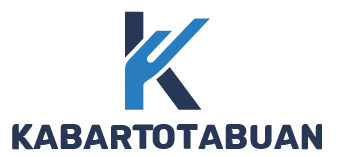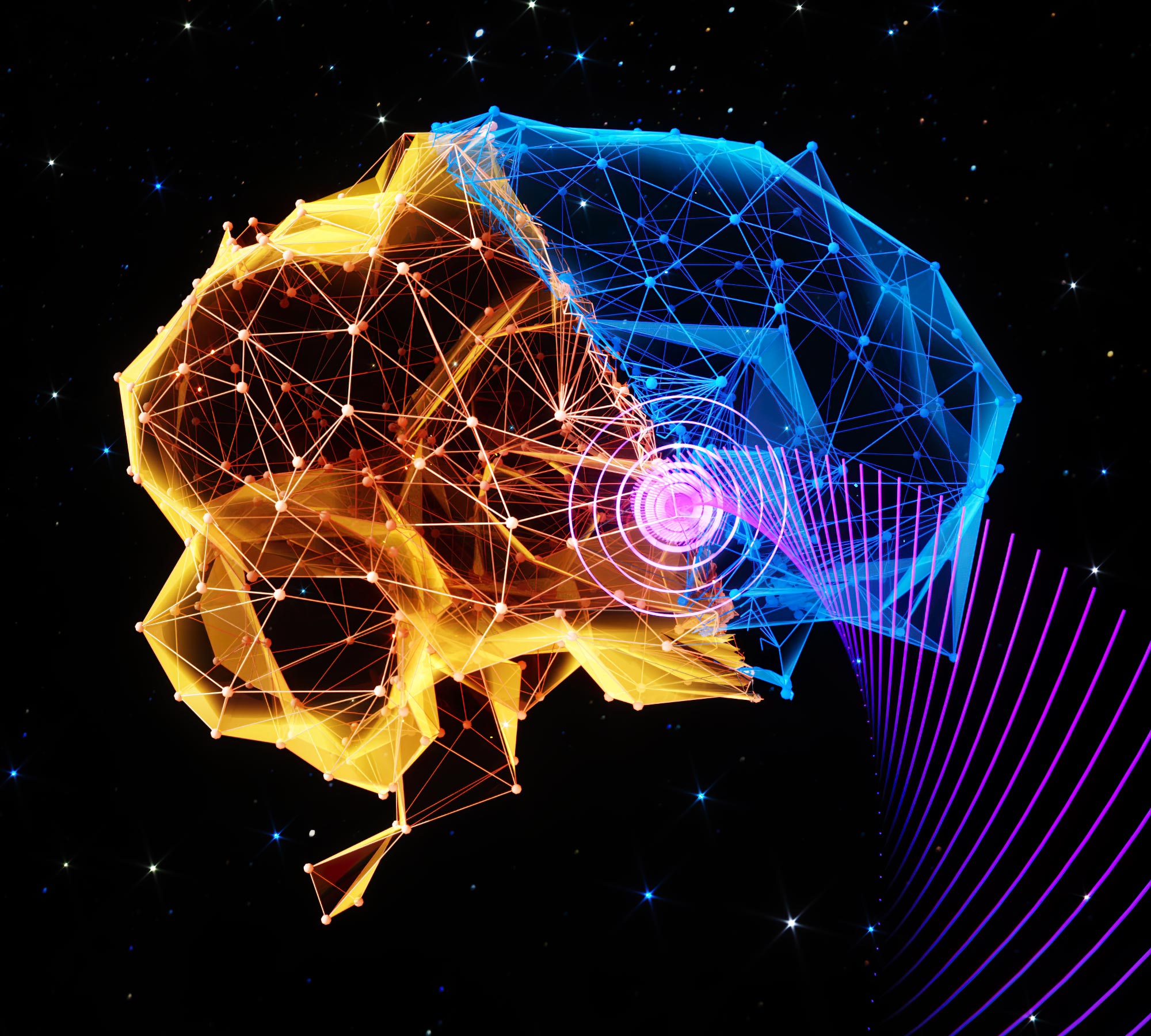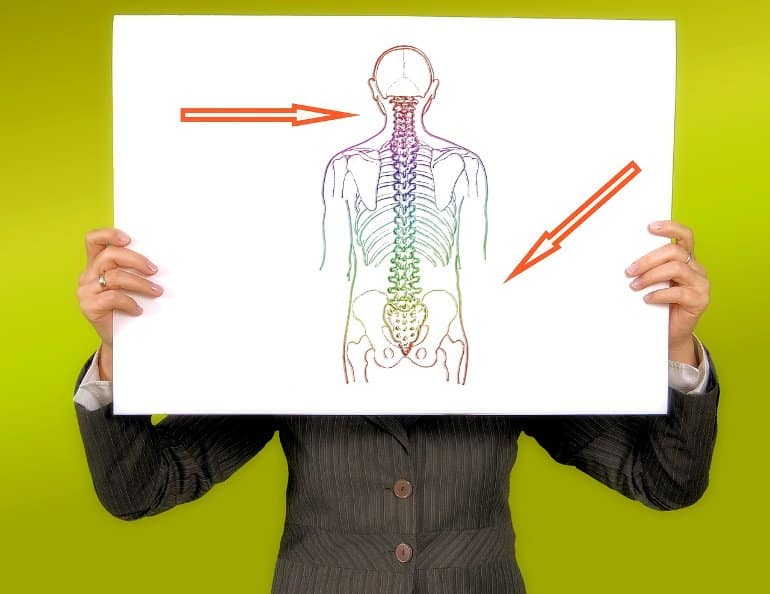oleh
Sebuah tim multidisiplin yang dipimpin oleh Asisten Profesor Hong Chen di Universitas Washington di St. Louis telah mengembangkan metode novel non-invasif untuk menginduksi keadaan seperti hibernasi pada mamalia dengan menargetkan sistem saraf pusat dengan ultrasound. Teknik yang melibatkan stimulasi daerah pra operasi otak, telah terbukti secara efektif mengurangi suhu tubuh dan tingkat metabolisme pada tikus, menghasilkan keadaan mati suri, mekanisme alami yang digunakan beberapa hewan untuk bertahan hidup dalam kondisi ekstrim. Kredit gambar: Chen Lab, Universitas Washington di St. Louis
Para ilmuwan di Universitas Washington di St. Louis telah mengembangkan cara untuk menginduksi keadaan seperti hibernasi pada mamalia menggunakan stimulasi ultrasound pada otak, menurut sebuah penelitian di metabolisme alam. Teknologi non-invasif ini dapat digunakan dalam skenario seperti penerbangan luar angkasa atau untuk pasien dengan kondisi kesehatan yang parah untuk menghemat energi dan panas.
Beberapa mamalia dan burung memiliki cara cerdas untuk menghemat energi dan panas dengan memasuki hibernasi, di mana suhu tubuh dan laju metabolisme turun untuk memungkinkan mereka bertahan hidup dalam kondisi lingkungan yang mematikan, seperti dingin yang ekstrem atau kekurangan makanan. Sementara kondisi serupa diusulkan untuk para ilmuwan yang melakukan perjalanan luar angkasa pada 1960-an atau untuk pasien dengan kondisi kesehatan yang mengancam jiwa, kondisi aman untuk memicu kondisi seperti itu masih jauh.
Hong Chen, profesor asosiasi di Universitas Washington di St. Louis, dan tim multidisiplin menginduksi keadaan seperti hibernasi pada tikus dengan menggunakan ultrasound untuk merangsang daerah otak pra operasi, yang membantu mengatur suhu tubuh dan metabolisme. Selain tikus yang berhibernasi secara alami, Chen dan timnya menginduksi hibernasi pada tikus yang tidak berhibernasi. Temuan mereka, yang dipublikasikan 25 Mei di jurnal Nature metabolisme alammendemonstrasikan metode non-invasif dan aman pertama untuk menginduksi keadaan seperti hibernasi dengan menargetkan sistem saraf pusat.
Tim Chen menggunakan ultrasound untuk secara aman dan non-invasif menginduksi keadaan seperti hibernasi pada tikus dan tikus. Kredit: Video milik Chen Lab, Universitas Washington di St. Louis
Chen, asisten profesor teknik biomedis di McKelvey School of Engineering and Radiation Oncology di College of Medicine, dan timnya, termasuk Yaoheng (Mack) Yang, rekan penelitian postdoctoral, menciptakan transduser ultrasound yang dapat dipakai untuk menstimulasi sel saraf di otak. hipotalamus. Setelah dirangsang, tikus menunjukkan penurunan suhu tubuh sekitar 3 derajat[{” attribute=””>Celsius for about one hour. In addition, the mice’s metabolism showed a change from using both carbohydrates and fat for energy to only fat, a key feature of torpor, and their heart rates fell by about 47%, all while at room temperature.
The team also found that as the acoustic pressure and duration of the ultrasound increased, so did the depth of the lower body temperature and slower metabolism, known as ultrasound-induced hypothermia and hypometabolism (UIH).
“We developed an automatic closed-loop feedback controller to achieve long-duration and stable ultrasound-induced hypothermia and hypometabolism by controlling of the ultrasound output,” Chen said. “The closed-loop feedback controller set the desired body temperature to be lower than 34 C, which was previously reported as critical for natural torpor in mice. This feedback-controlled UIH kept the mouse body temperature at 32.95 C for about 24 hours and recovered to normal temperature after ultrasound was off.”
To learn how ultrasound-induced hypothermia and hypometabolism is activated, the team studied the dynamics of the activity of neurons in the hypothalamus preoptic area in response to ultrasound. They observed a consistent increase in neuronal activity in response to each ultrasound pulse, which aligned with the changes in body temperature in the mice.
“These findings revealed that UIH was evoked by ultrasound activation of hypothalamus preoptic area neurons,” Yang said. “Our finding that transcranial stimulation of the hypothalamus preoptic area was sufficient to induce UIH revealed the critical role of this area in orchestrating a torpor-like state in mice.”
Chen and her team also wanted to find the molecule that allowed these neurons to activate with ultrasound. Through genetic sequencing, they found that ultrasound activated the TRPM2 ion channel in the hypothalamus preoptic area neurons. In a variety of experiments, they showed that TRPM2 is an ultrasound-sensitive ion channel and contributed to the induction of UIH.
In the rat, which does not naturally go into torpor or hibernation, the team delivered ultrasound to the hypothalamus preoptic area and found a decrease in skin temperature, particularly in the brown adipose tissue region, as well as about a 1 degree C drop in core body temperature, resembling natural torpor.
This multidisciplinary team consists of Jonathan R. Brestoff, MD, PhD, an assistant professor of pathology and immunology at the School of Medicine; Alexxai V. Kravitz, an associate professor of psychiatry, of anesthesiology and of neuroscience at the School of Medicine, and Jianmin Cui, a professor of biomedical engineering at the McKelvey School of Engineering, all at Washington University in St. Louis. The team also includes Michael R. Bruchas, a professor of anesthesiology and of pharmacology at the University of Washington.
“UIH has the potential to address the long sought-after goal of achieving noninvasive and safe induction of the torpor-like state, which has been pursued by the scientific community at least since the 1960s,” Chen said. “Ultrasound stimulation possesses a unique capability to noninvasively reach deep brain regions with high spatial and temporal precision in animal and human brains.”
Reference: “Induction of a torpor-like hypothermic and hypometabolic state in rodents by ultrasound” by Yaoheng Yang, Jinyun Yuan, Rachael L. Field, Dezhuang Ye, Zhongtao Hu, Kevin Xu, Lu Xu, Yan Gong, Yimei Yue, Alexxai V. Kravitz, Michael R. Bruchas, Jianmin Cui, Jonathan R. Brestoff and Hong Chen, 25 May 2023, Nature Metabolism.
DOI: 10.1038/s42255-023-00804-z
This work was supported by the National Institutes of Health (R01MH116981, UG3MH126861, R01EB027223, and R01EB030102). JRB is supported by NIH (DP5 OD028125) and Burroughs Wellcome Fund (CAMS #1019648).

“Pemikir jahat. Sarjana musik. Komunikator yang ramah hipster. Penggila bacon. Penggemar internet amatir. Introvert.”




